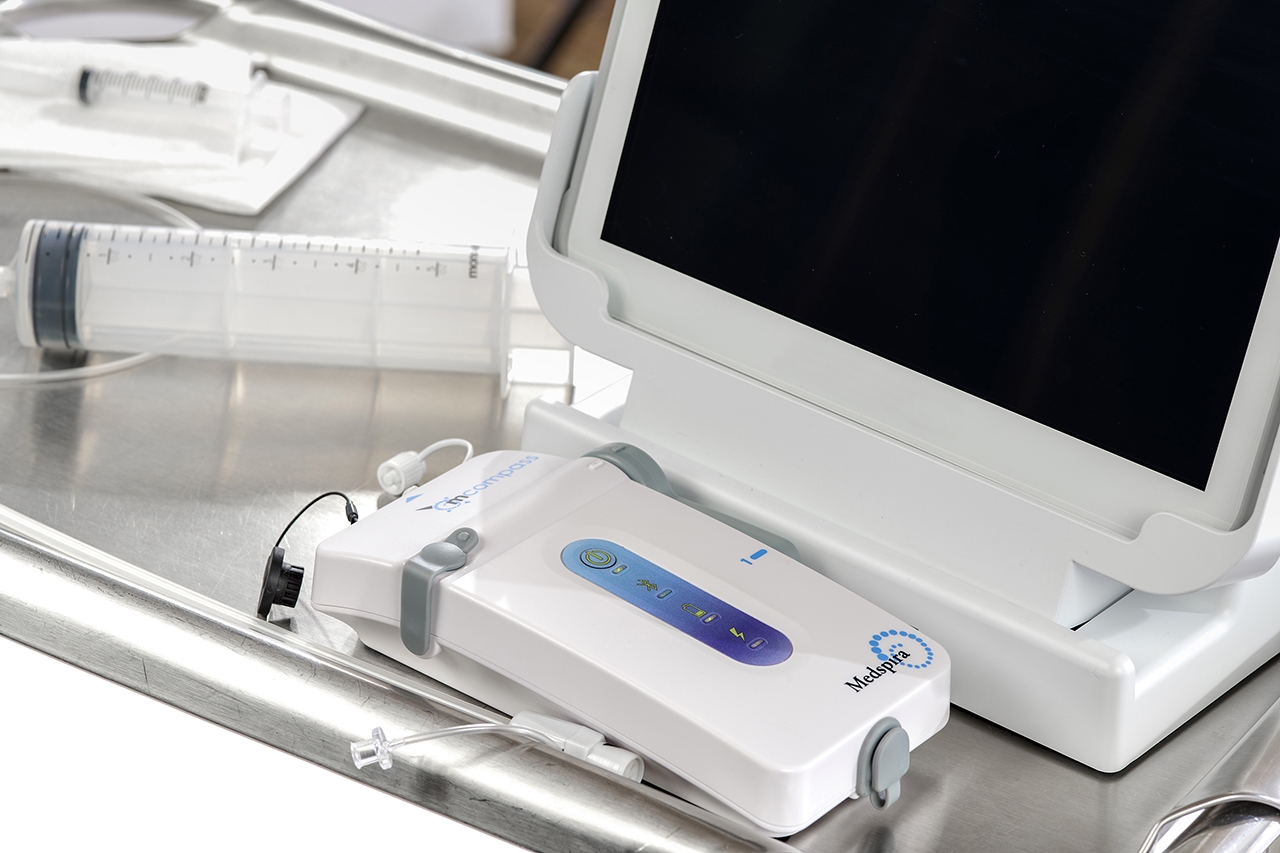Manometric Biofeedback Therapy
Anorectal manometry is a diagnostic test that measures sensory response and the pressure and muscle strength of the anus and rectum. While the test is primarily used to diagnose anorectal disorders, it also has therapeutic uses (manometric biofeedback) for pelvic floor issues.
Pelvic floor issues are common after pregnancy, especially if the delivery involves prolonged pushing or the use of forceps or vacuum extraction. The muscles and tissues in the pelvic floor may become stretched or damaged during childbirth, leading to symptoms such as incontinence and pelvic pain. Pelvic floor exercises like Kegels can help strengthen these muscles and improve symptoms. Additionally, biofeedback manometry can be a successful option to retrain pelvic floor muscles without more invasive treatments.
Manometric Biofeedback Therapy for Pelvic Floor Issues
Pelvic floor dysfunction refers to a range of conditions that affect the muscles and tissues in the pelvic area, including the anus, rectum, and bladder. Symptoms can include chronic constipation, incontinence, and pelvic pain.
Manometric biofeedback can be used as a therapeutic tool to address pelvic floor dysfunction. The test involves inserting a small, flexible catheter into the rectum and anus to measure muscle and sphincter function. During the procedure, the patient is asked to squeeze and relax their anal muscles while the pressure sensors in the catheter measure the strength of the contractions.
As a superior alternative to using EMG, manometric biofeedback provides specific and quantifiable real-time, simultaneous data on both rectal and anal activity.
Based on the test results, healthcare providers can develop a tailored treatment plan for the patient, such as manometric biofeedback therapy.

What is Manometric Biofeedback Therapy
Manometric biofeedback therapy uses pressure sensors to gauge muscle activity and provide immediate feedback to the patient and clinician. This feedback helps the patient learn how to control their muscles and improve muscle function. In the case of pelvic floor dysfunction, biofeedback therapy can help patients learn how to relax their muscles and improve their ability to empty their bowels.
This therapy can also help with pelvic floor muscle training. This involves exercises that target the muscles in the pelvic floor to improve muscle strength and control. Pelvic floor muscle training can be done to help patients better understand and control their muscle function.
Additional Uses for Anorectal Manometry
In addition to biofeedback therapy and pelvic floor muscle training, anorectal manometry can guide surgical interventions for pelvic floor dysfunction. For example, patients with fissures or fecal incontinence may benefit from surgical procedures that repair or strengthen the muscles and tissues in the anus and rectum.
Introducing Anorectal Manometry and Manometric Biofeedback Therapy to Your Practice
Anorectal manometry has a range of therapeutic uses for pelvic floor issues. By accurately measuring sensory and muscle function and providing real-time feedback, the test can help patients regain control over their pelvic floor muscles and improve their quality of life.
Contact us today to learn more.
Schedule Your Free Consultation
Get in touch with us to learn how our products can make an impact on your practice.
